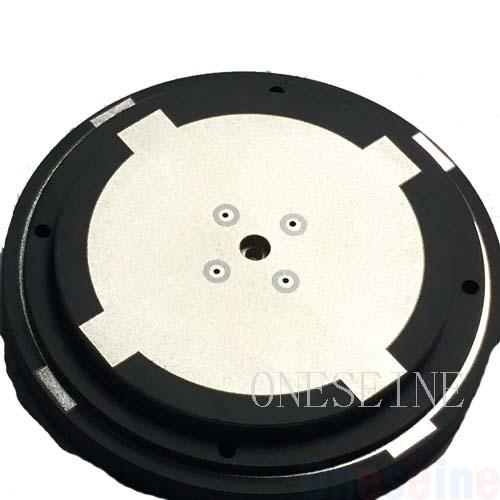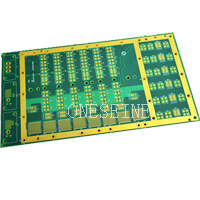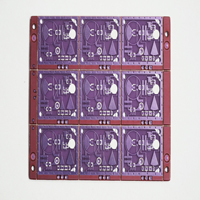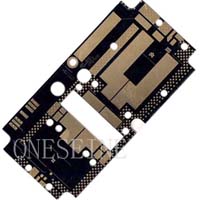High Frequency PCB
Chinese substrate F4b 2Layer High Frequency PCB Printed Circuit Boards
- F4B material
- high frequency pcb
- F4Bm255
- 2 layer
- Product description: Chinese substrate F4b 2Layer High Frequency PCB Printed Circuit Boards
Chinese substrate F4b 2Layer HIGH FREQUENCY PCB printed circuit boards Fabrication
PCB information:
Material: F4Bm255 Chinese high frequency material
Surface finish: OSP
Copper weight:2OZ
Color: Black
Size: 5*5 CM Circle
Thickness: 1.6MM
Basic characteristics of high-frequency substrate materials require:
(1) The dielectric constant (Dk) must be small and stable. Usually, the smaller the better, the slower the transmission rate of the signal is inversely proportional to the square root of the dielectric constant of the material. High dielectric constant can easily cause signal transmission delay.
(2) Dielectric loss (Df) must be small, which mainly affects the quality of signal transmission. The smaller the dielectric loss, the smaller the signal loss.
(3) The coefficient of thermal expansion of copper foil should be as consistent as possible, because the inconsistency will cause separation of copper foil in cold and hot changes.
(4) Low water absorbency and high water absorption will affect dielectric constant and dielectric loss when exposed to moisture.
(5) Other heat resistance, chemical resistance, impact strength, peel strength, etc. must also be good.
In general, high frequencies can be defined as frequencies above 1 GHz. Currently used high-frequency circuit board substrates are fluorine-based dielectric substrates, such as polytetrafluoroethylene (PTFE), which is usually referred to as Teflon. Above 5GHz. There are also FR-4 or PPO substrates that can be used between 1GHz and 10GHz. The physical properties of these three high-frequency substrates are compared as follows.
At the present stage, the three types of high-frequency substrate materials used are epoxy resin, PPO resin, and fluorine-based resin. The epoxy resin is the cheapest and the fluorine-based resin is the most expensive; the dielectric constant, dielectric loss, and water absorption Considering the frequency characteristics, the fluorine resin is the best and the epoxy resin is poor. When the frequency of application of the product is higher than 10 GHz, only the fluororesin printed board can be applied. Obviously, the high-frequency performance of fluorine-based resin is much higher than that of other substrates. However, its disadvantages are poor rigidity and high coefficient of thermal expansion, in addition to high cost. For polytetrafluoroethylene (PTFE), a large amount of inorganic material (eg, silica SiO2) or glass cloth is used as a reinforcing filler material to improve the rigidity of the substrate and reduce the thermal expansion thereof for the purpose of improving the performance. In addition, due to the molecular inertness of the PTFE resin itself, it is not easy to combine with the copper foil. Therefore, a special surface treatment with the copper foil is required. Treatment methods include chemical etching or plasma etching on the surface of Teflon to increase the surface roughness or to increase the adhesion between the copper foil and Teflon resin to increase the bonding force, but may have a dielectric property. influences.
The development of the entire fluorine-based high-frequency circuit board requires cooperation among raw material suppliers, research institutes, equipment suppliers, PCB manufacturers, and communication product manufacturers to keep up with the rapid development of high-frequency circuit boards. .
Categories
Latest News
Contact Us
Contact: Ms Tracy
Phone:
Tel:
Add: BludingA,Shixiaganglian Industrial Park,Shajing,Baoan,Shenzhen,China




 Tracy
Tracy